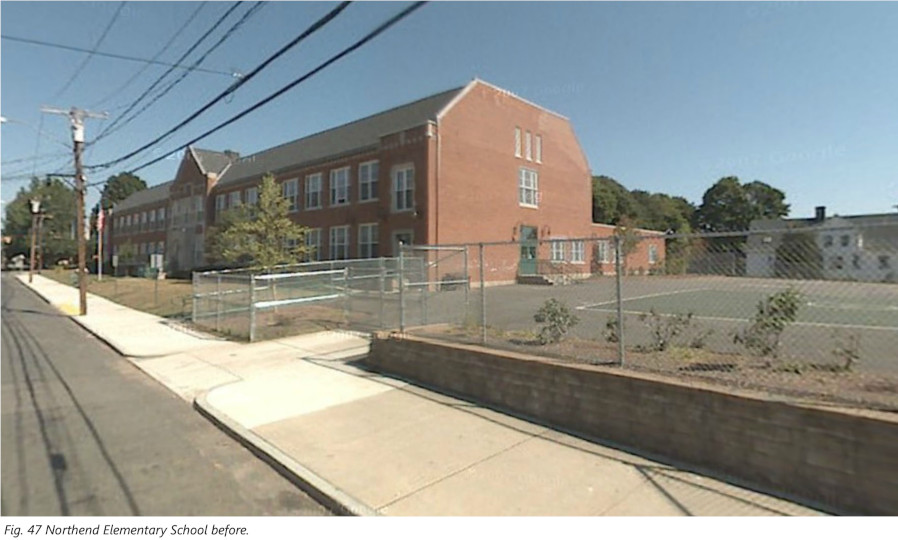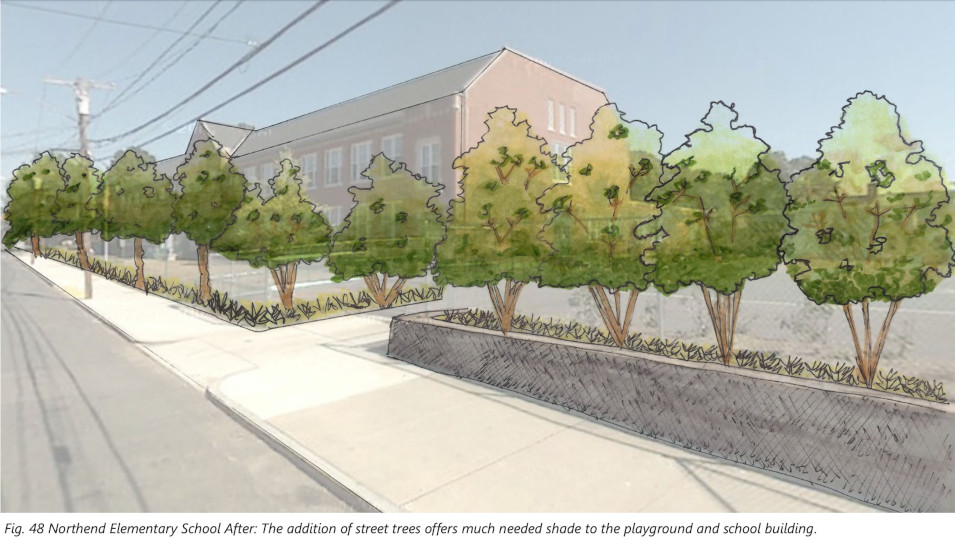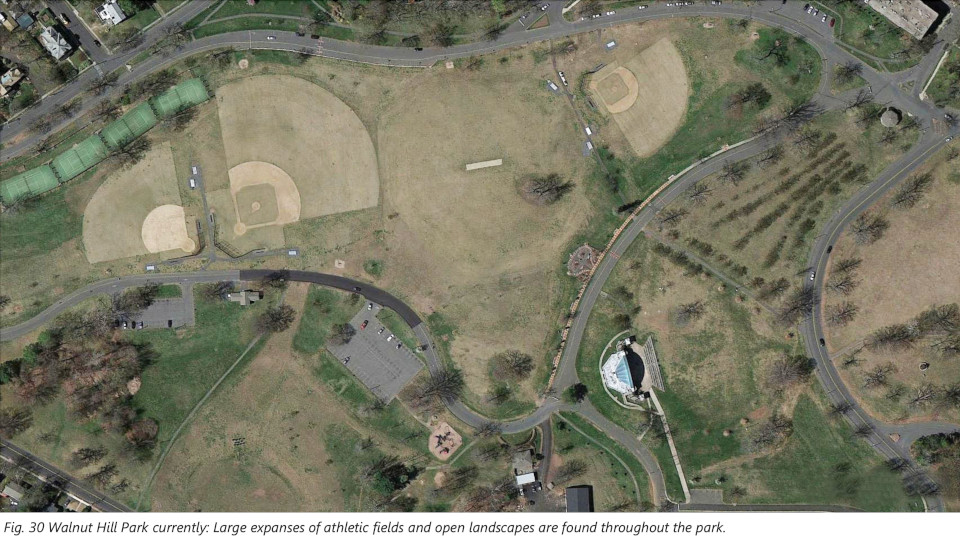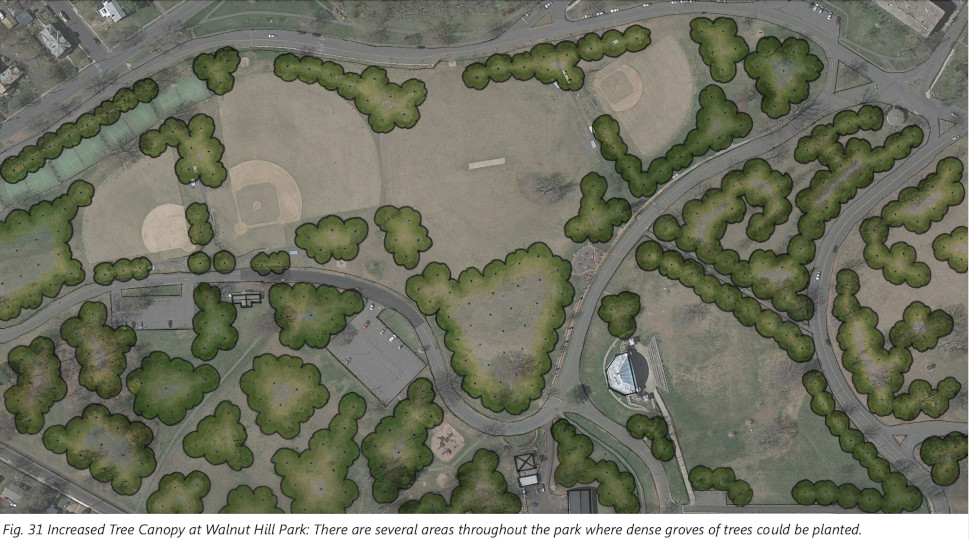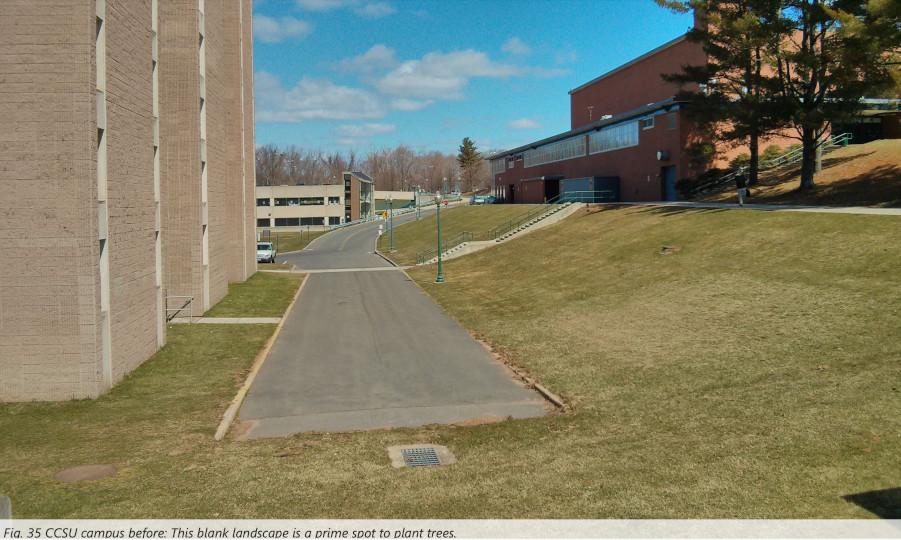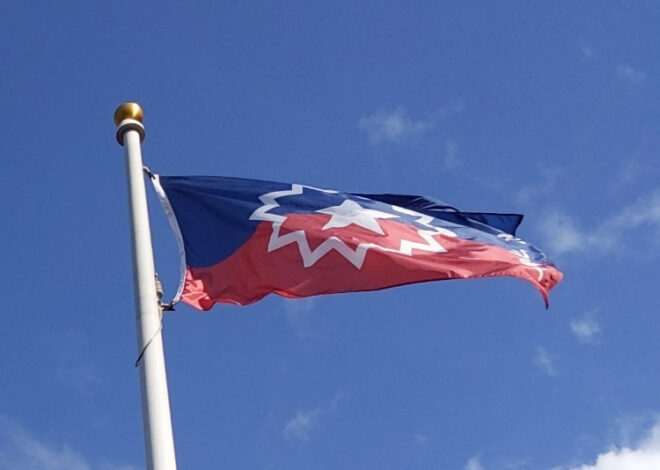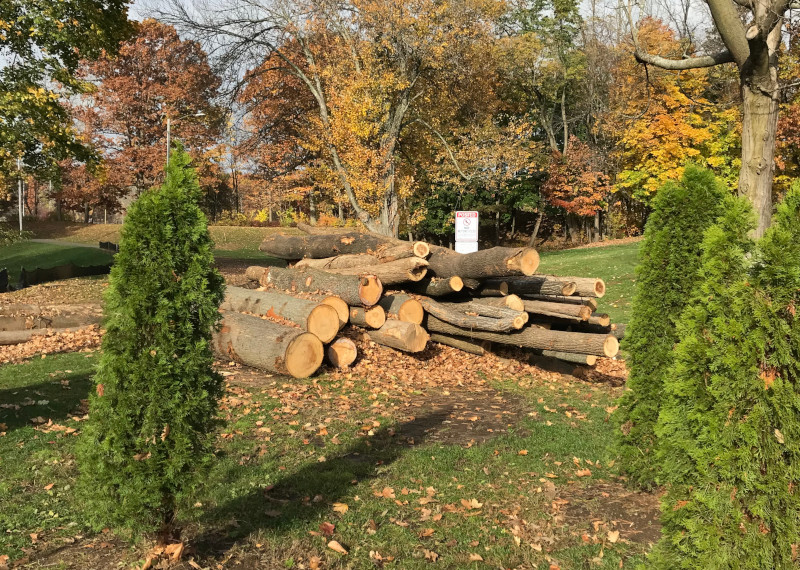
New Britain Ranks Low for Tree Canopy Cover: What are the Consequences and What Could be Done?
A 2013 report “New Britain Urban Forest” prepared for the City of New Britain by the Central Connecticut Regional Planning Agency (CCRPA) found that New Britain has one of the lowest tree canopies comparing to other cities in Connecticut. While Connecticut cities had an average tree canopy of 49% and overall town coverage average of 64%, New Britain had only 32% canopy tree coverage. The 88-page report provides valuable information about the benefits of trees to cities environment, the history and current tree coverage in New Britain, the number trees and locations where trees could be added, the social environmental and monetary benefits of planting additional trees, and the steps the city should take the reach healthy city climate.
“Unfortunately, the services tree canopies provide are often undervalued. As a result, many cities may not recognize the importance of proper tree canopy maintenance, nor may they acknowledge the value of planting additional trees.”
“New Britain Urban Forest” CCRPA , 2013.
Figure 1. Number of trees planted and acres of canopy cover: suggested tree plantings by location.
| #Trees | Acres | |
|---|---|---|
| Wooded properties | 2,192 | 26.3 |
| City, state, large private properties | 3,898 | 65.1 |
| Local and secondary roads | 19,680 | 137.8 |
| Other private properties | 15,355 | 445.3 |
| Totals | 41,125 | 675 |
The report explains that due to New Britain’s industrial development and the need to provide housing to workers much of the forested land has been cleared leaving the core of the city’s area without sufficient tree canopy while few areas maintain high canopy coverage. The report identifies several different categories of areas in the city where tree planting could be done (see figure 1). Trees could be added in: (1) wooded areas that currently have a lot of grass, (2) city and state properties such as city parks, schools and CCSU campus as well as in privately owned properties, (3) along city streets, and (4) other private properties (see pictures for examples of areas needed trees). In total, New Britain can accommodate an additional 41,125 trees for a total of additional 675 acres of tree canopy.
“Trees play a key role in the urban environment, helping to make a vibrant, walkable, and healthy community.”
“New Britain Urban Forest” CCRPA , 2013.
At the outset, the report states that “Unfortunately, the services tree canopies provide are often undervalued. As a result, many cities may not recognize the importance of proper tree canopy maintenance, nor may they acknowledge the value of planting additional trees. (p. 2) The report then proceeds to describe the benefits of tree canopy to cities including providing cleaner air and water, lower stormwater amount and infrastructure cost, shade and lower cooling cost, higher property values, higher business revenues, and better physical and mental health. Some of the highlights of the benefits of trees are: (1) reduction of air temperature by 9°F (2) Removal of carbon dioxide from the air. (3) Improvement of air quality by trapping of pollutants and releasing oxygen. (4) Reduction of storm runoff “resulting in substantial savings on drainage infrastructure, water treatment costs, and the need for flood controls.” (p. 9). And (5) the creation of a “a vibrant, walkable, and healthy community.” (page 11)
“Healthy tree coverage can reduce stormwater runoff and peak flows in local waterways, resulting in substantial savings on drainage infrastructure, water treatment costs, and the need for flood controls.”
“New Britain Urban Forest” CCRPA , 2013.
Figure 2. Annual Tree Canopy Cost benefits for New Britain
| Air Quality | |
|---|---|
| Carbon | $2,600 |
| Nitrogen dioxide | $124,000 |
| Ozone | $365,500 |
| Sulfur dioxide | $11,100 |
| Particulate matter | $135,100 |
| Carbon | |
| Carbon Storage | $2,336,100 |
| Carbon Sequestration | $77,200 |
| Miscellaneous | |
| Property Value | $13,148,200 |
| Stormwater | $2,427,500 |
| Total | $18,627,300 |
| Costs | $1,871,700 |
| Net Benefits | $16,755,600 |
The report goes further to quantify the financial benefit and cost in establishing a robust tree planting scheme. Improving air quality through the reduction of health costs, increased in property values, and the reduction of flooding and stormwater management cost, could save the city of New Britain over $18 million annually while the cost of tree planting and maintenance would be only $1.8 for a net savings of $16.7 million (see figure 2).
“Many of the most livable cities in the world have extensive urban canopies; it is equally telling that images of urban blight and decay often lack trees altogether.”
“New Britain Urban Forest” CCRPA , 2013.
The report’s last section provides a road map as to how the city could achieve its goal of enlarging the tree canopy. It suggests that the city should create “an organized approach that includes outlining the project goals, tasks, and schedule.” It also suggests that the Parks and Recreation commission should be “responsible for overseeing all tree-related activities throughout the city including planting, removal, trimming, and tree maintenance.”
“An analysis of the City of New Britain reveals that the city currently has a tree canopy cover of 32%…New Britain’s canopy cover falls short of the average urban community canopy cover of 49%. A lower canopy cover also means New Britain is not receiving as many benefits as its
“New Britain Urban Forest” CCRPA , 2013.
counterparts.”
The report concludes with a warning that a failure to consider the benefit of adding tree canopy to New Britain might have serious consequences to the city’s environment. Indeed, 10 years after the report with sharp increasing of summer temperatures, shorter and warmer winters, and increase in floodings frequency, the city should take this report seriously, seek more updated report on tree coverage which has further shrunk, and implement its recommendation as soon as possible.
